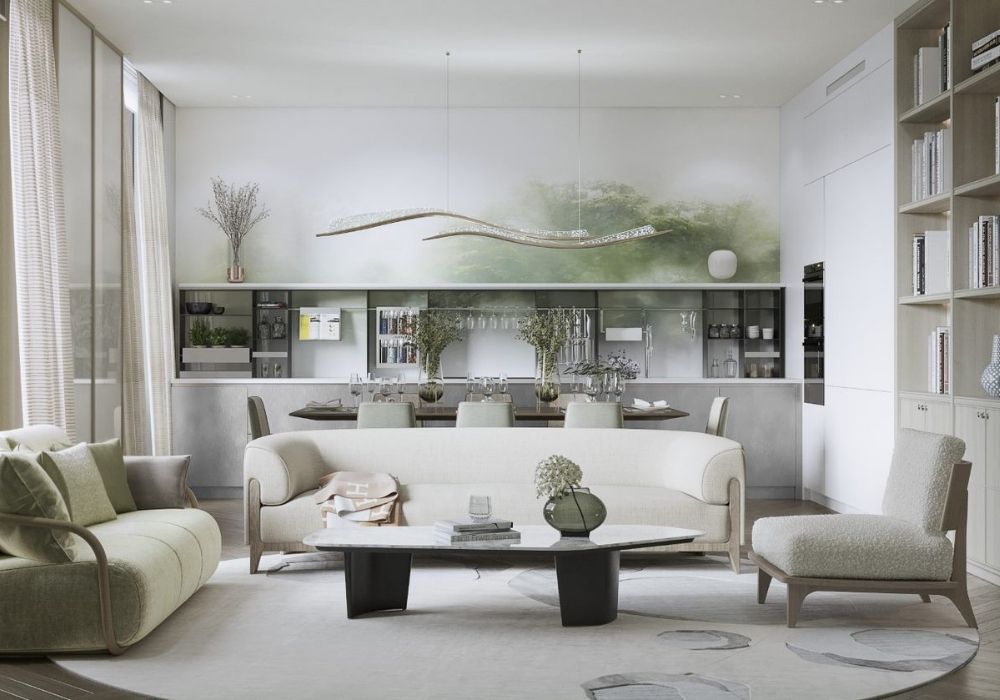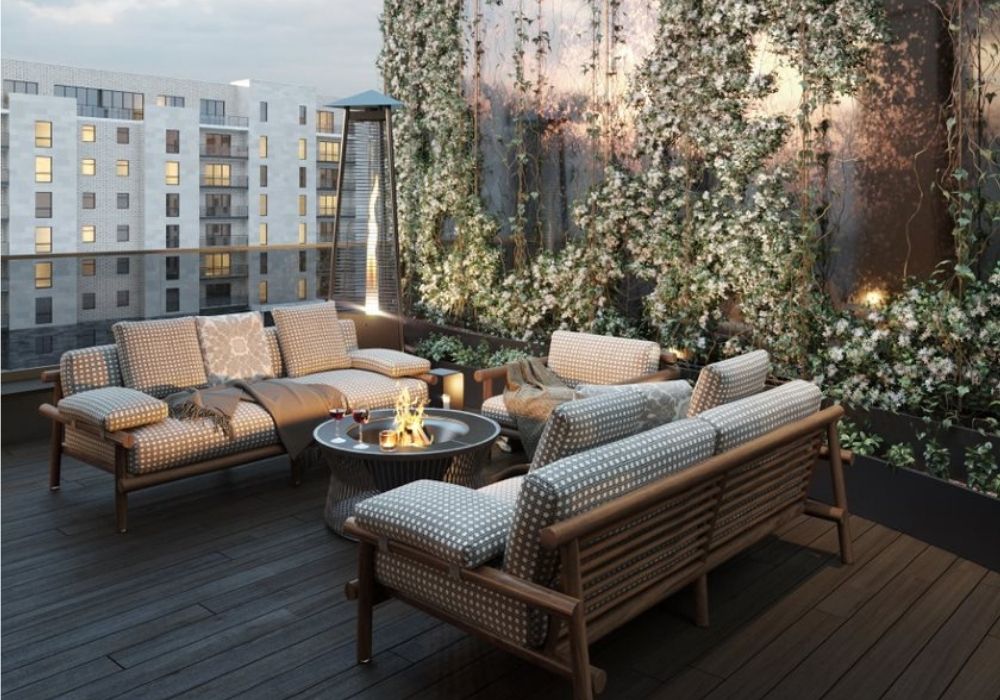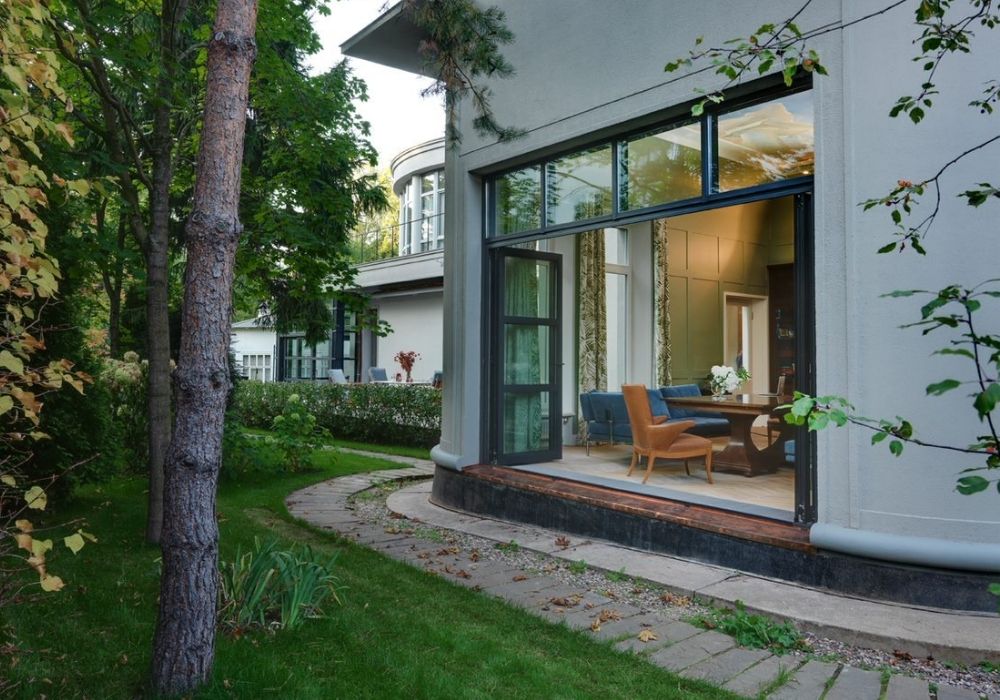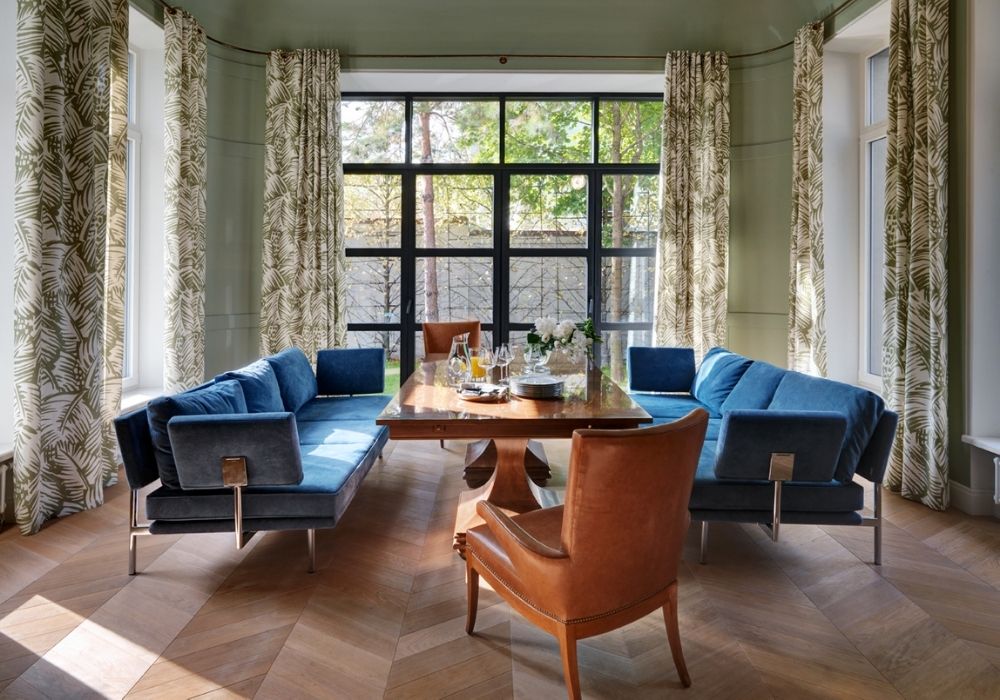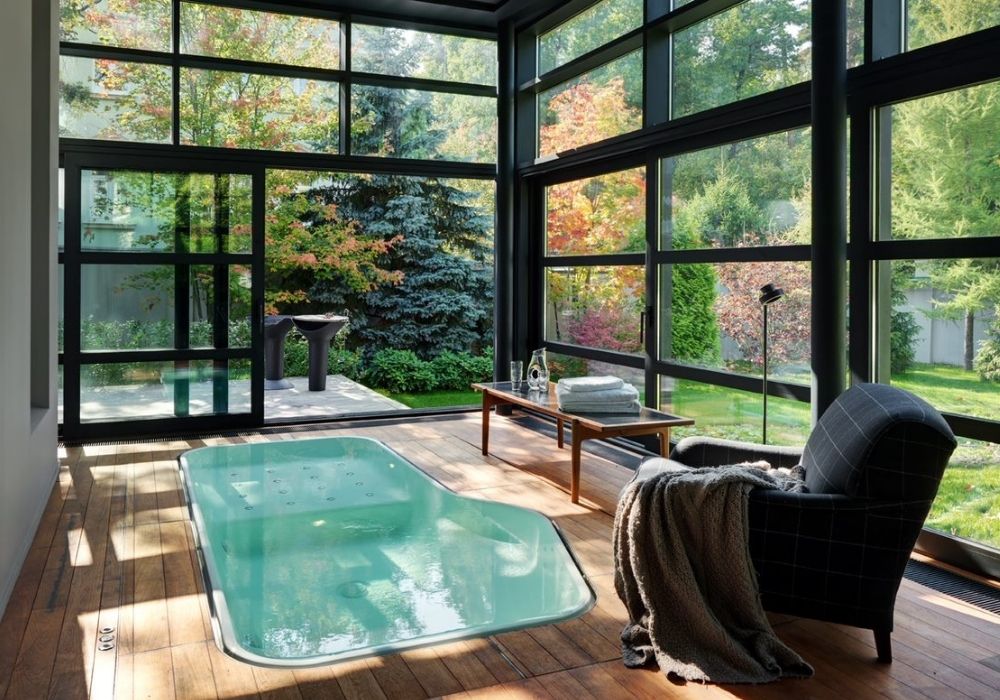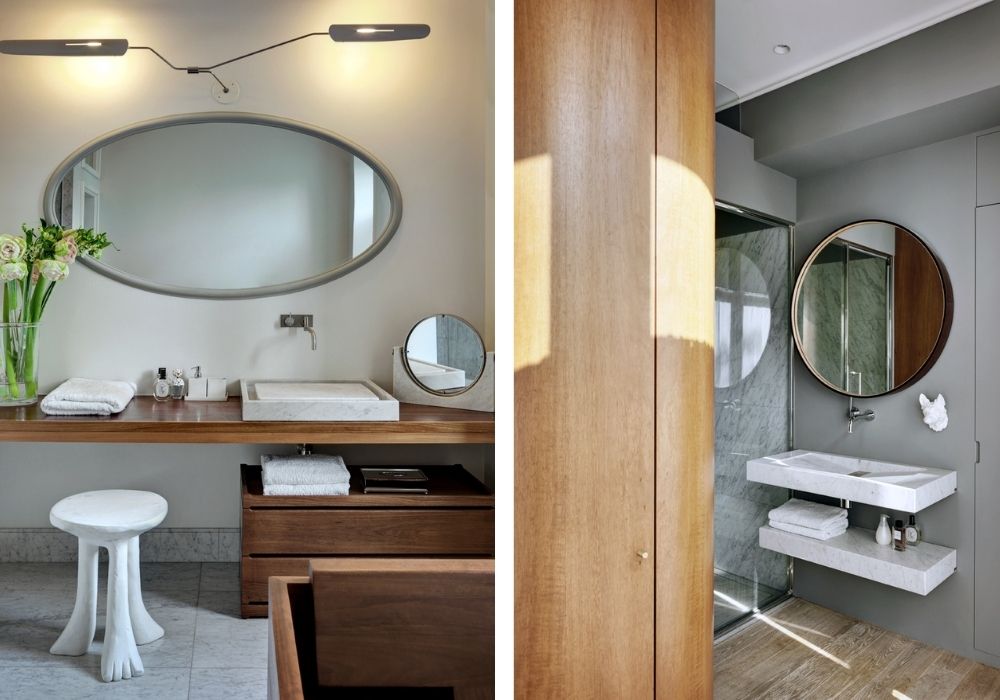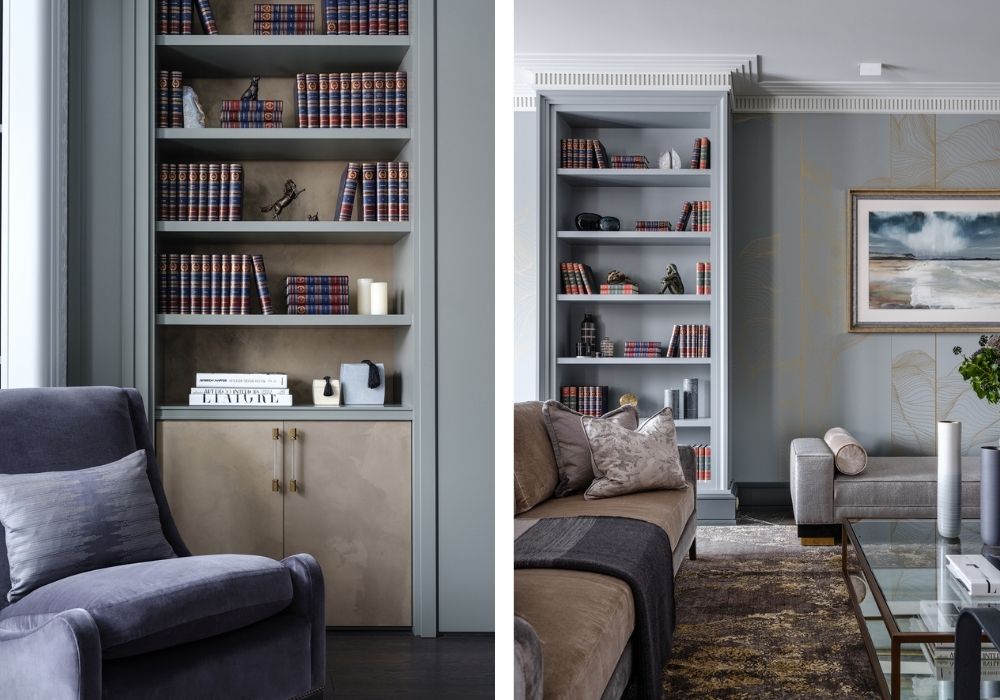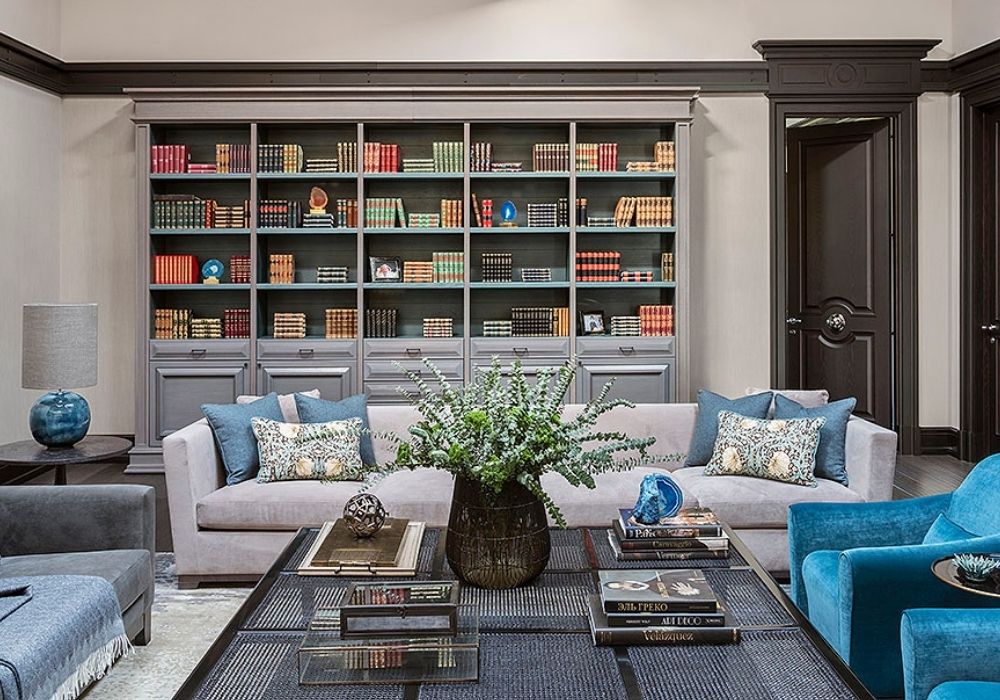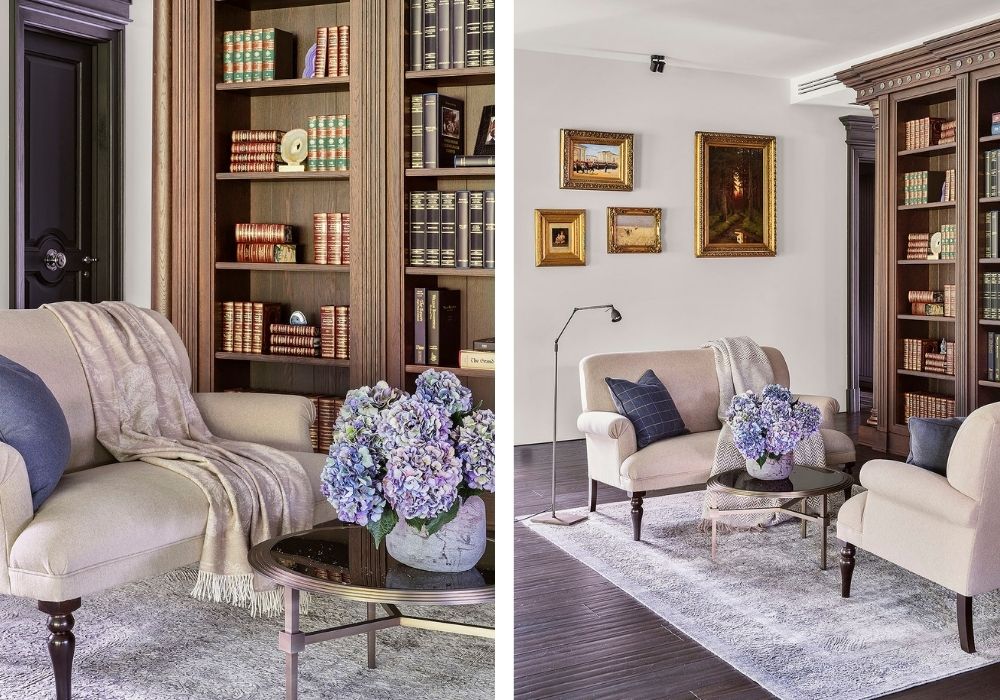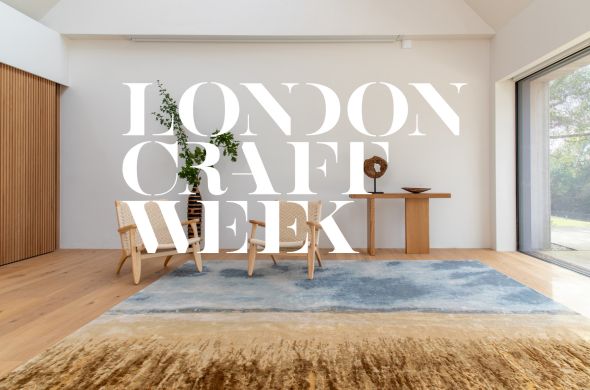It is statistically proven that an average person spends about 90% of their time indoors. Therefore, it is not surprising that more and more scientific studies demonstrate that design, construction and operation of buildings directly affect health. Air, microclimate, water, light and decorative materials have a powerful effect on both the physical and mental state of people.
Terms like health and wellbeing are becoming increasingly prominent in the world of interior design. In the same way that sustainable design is all about how a building affects the outside environment, the salutogenic approach to design focuses on how a building affects its inhabitants. One looks on the outside, and the other looks inside, but both strive to create healthy environments.
Nowadays we pay more attention to a wellness concept within our work, with a focus on encouraging active health, productivity, and efficiency. Together with our clients we answer questions on how we encourage a better quality of life. How do we implement a holistic approach? How does the workplace activate health?
Good design improves mental health
It sounds incredible but the physical environment is like an extension of our brain and leads us to certain actions while preventing us from others. It makes us feel things, changes our behavior and even regulates our health.
Integration into nature-inspired design has beneficial effects on our well-being. We always use natural materials and plants to imbue a space with a warm and relaxed atmosphere. Gardens have been shown to engender soothing, calming and restorative activity in the brain.
Good design improves physical health
The salutogenic approach to design is all about encouraging active health rather than merely treating illness. In our interiors we create a strong, enduring and positive relationship between an individual’s health and their physical environment. Our physical environment has a key role to play in improving health outcomes. For example, dynamic and diffused lighting, akin to dappled sunlight, or sounds of nature, like a babbling brook or softly chirping crickets, can positively affect your well-being.
Thought-out navigation can easily improve the physical state – stairs and swimming pool encourage a person to be more physically active.
Careful selection of materials is crucial, since indoor air quality is largely dependent on this. When choosing finishing materials it is important to pay attention to certification, which would confirm compliance with quality standards.
We pay more attention to objects. For example, custom timber furniture, or mattresses made using natural, biodegradable latex are chosen in order to improve and maintain the health of our clients as well as the health of our planet.
Good design enables creativity
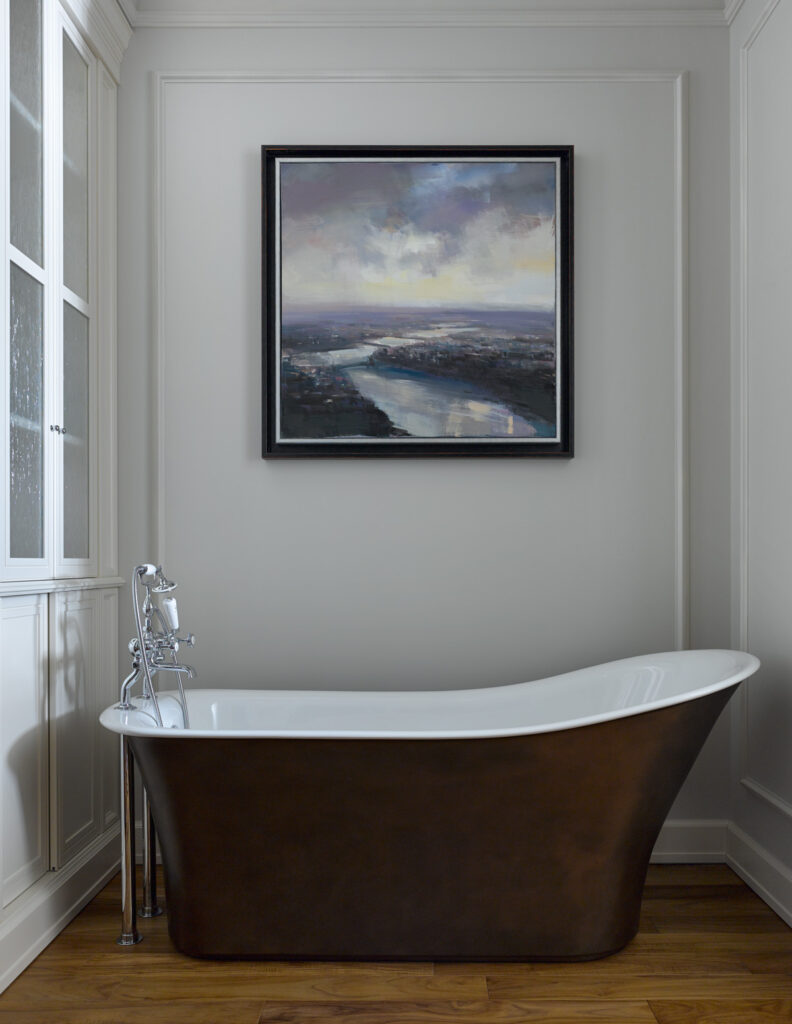
We are no longer simply finding design solutions; our work is now focused on creating designs that make a lasting contribution. A smartly created interior encourages people to operate at peak performance, both mentally and physically. We design interiors that stimulate people’s creative thinking, memory and associativity.
Integration of art into our interiors helps create an environment that stimulates the mind in order to create pleasure, creativity, satisfaction and enjoyment. When a person observes and appreciates different visual scenes, such as a piece of art, complex cognitive and emotional processes are triggered. It evokes CREATIVE energy.
Good design improves learning
When the environment fails us, we suffer and tasks appear difficult or dull. We find ourselves under physical and mental pressure – so much so that our motivation and health can become casualties of poorly designed workplaces, homes and urban environments. It is difficult to overestimate the role of books and home libraries. Rare books in beautiful shabby covers on the shelves play a very important role not only in creating stylish vintage interior, but also in increasing productivity and learning motivation.
Design can be used to subtly moderate behavior
Salutogenic design is geared to help our clients fell the nexus between health, behavior and architecture. Salutogenic design principles are able to reduce violence and absenteeism while improving social contact, creativity and even sales. It should become the key element in creating commercial interiors like offices, retail and public spaces.
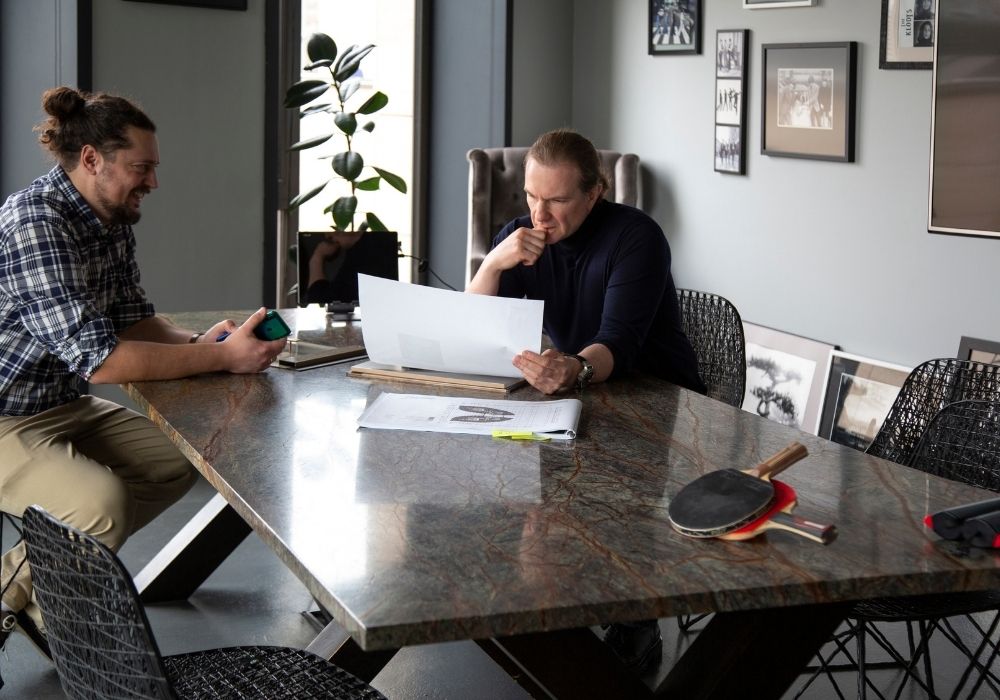
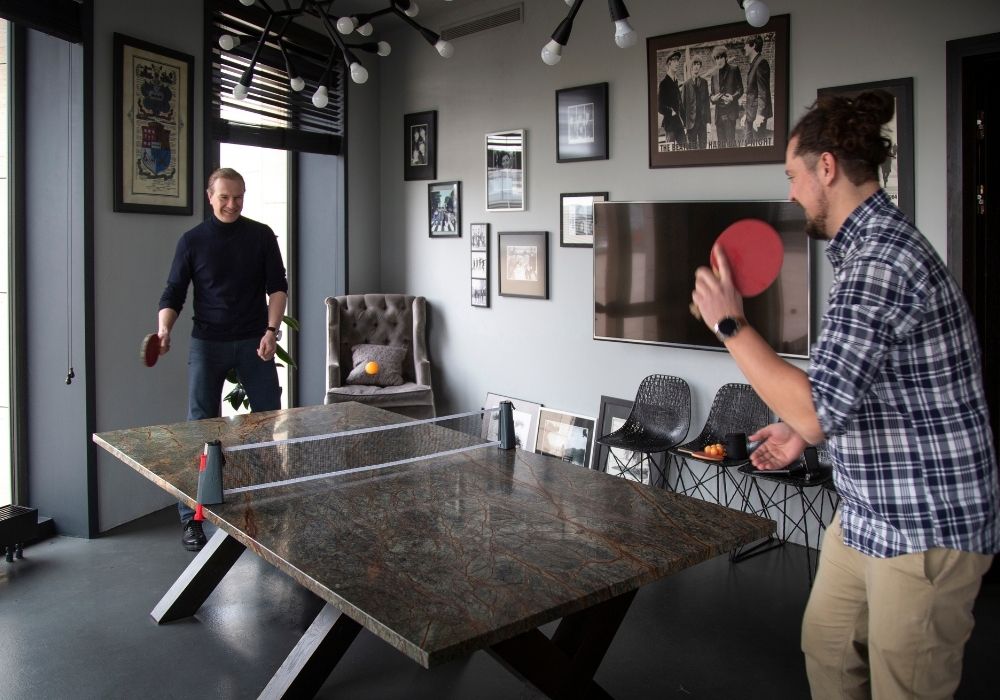
It’s all about the person we’re creating it for, because that person has an emotional life that we have to nurture with the interior. All our interiors are designed just for our client to write his/her algorithms of life. We create purity and light within the space, a certain smell and a sense of nature; create spaces that resonate with the person’s needs and feelings.
We believe that the salutogenic approach to design will become the design trend to watch out for, in the same way that biophilia has been for the past few years. We are no longer simply finding design solutions; our work is now focused on eliminating several problems at the same time. We create interiors designed to thrive.




